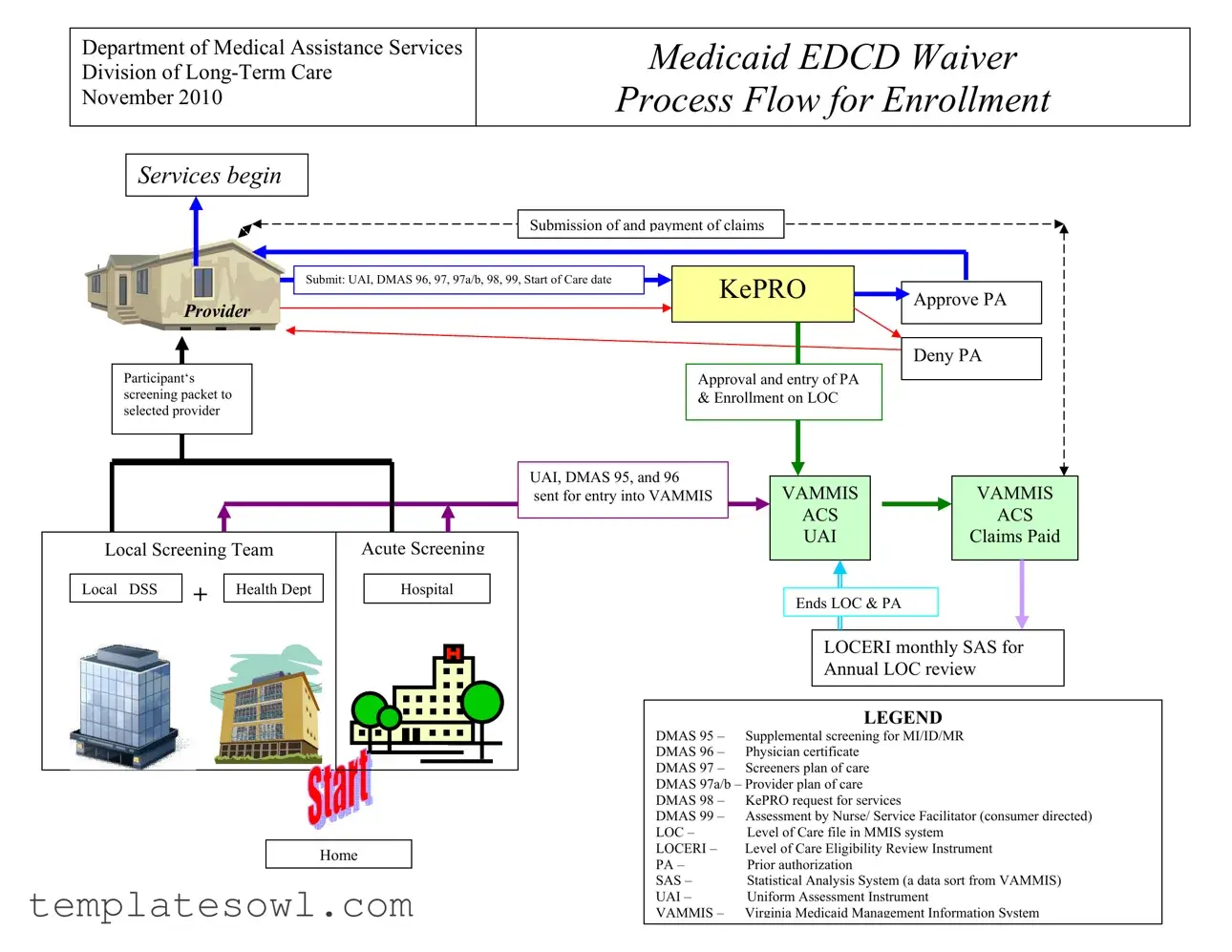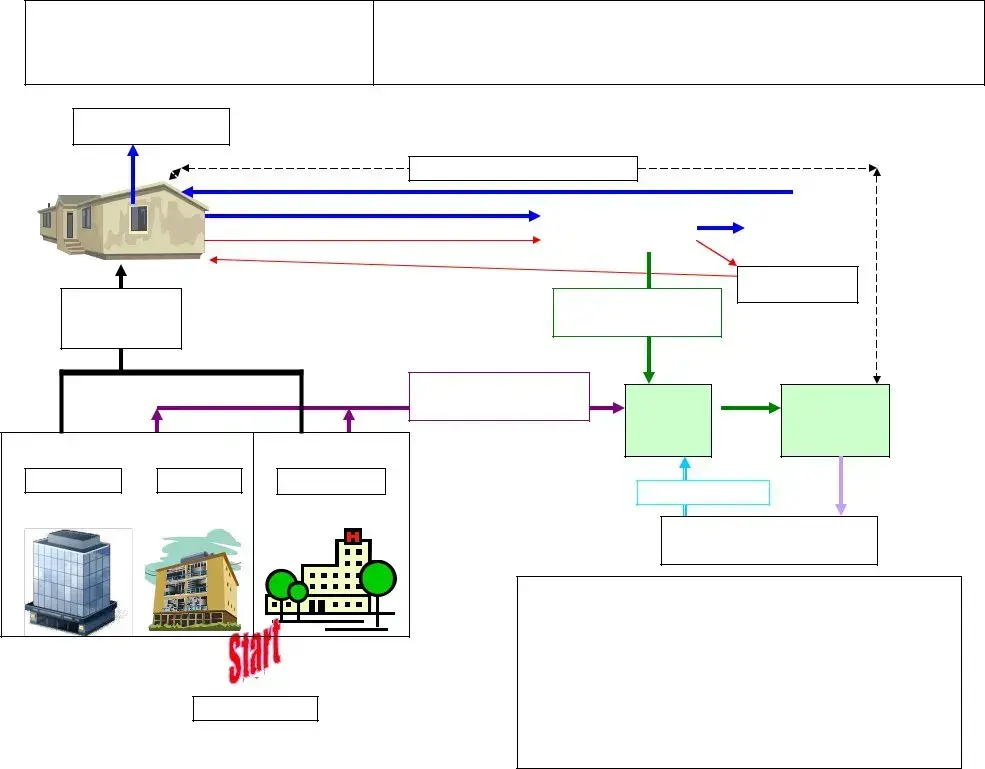Fill Out Your Dmas 99 Form
The DMAS 99 form is an assessment tool utilized by healthcare professionals to evaluate a participant's needs within the Virginia Medicaid program, specifically in relation to the consumer-directed service model. It plays a critical role in the enrollment process for individuals seeking long-term care under the Medicaid EDCD Waiver. Completing this form accurately can significantly impact the approval of services, so it's crucial for applicants to ensure all necessary information is included.
To get started with your DMAS 99 submission, please click the button below.
Launch Dmas 99 Editor Now

